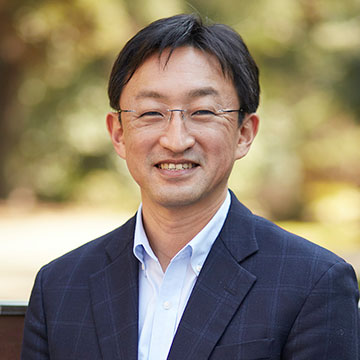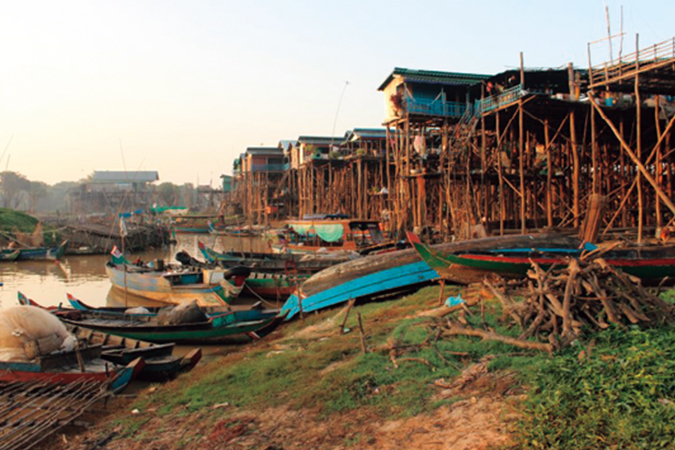UTokyo researchers answer questions on 21 GX (Green Transformation) topics from their specialist viewpoints. Through questions that cannot simply be brushed off as someone else’s concerns, take a peek into GX and our world of research.
Q8. Why is there justice and injustice in climate?
“Climate justice” is a term that has been mentioned a lot recently, but how can a natural phenomenon like climate be just or unjust?Answered by Jin Sato
Professor, Institute for Advanced Studies on Asia
Development Studies

Environmental problems from a perspective of disparity and inequality

Extreme weather events, such as flooding and droughts, are happening frequently all over the world. Those who suffer the greatest damage from such climate disasters are often the people in developing nations lacking the necessary funding, infrastructure and technology needed to deal with them. Meanwhile, the major responsibility for climate change lies with the large-scale CO2 emitters — the industrialized nations. This situation is likely to start making those living in developing nations think about injustices such as disparity and inequality. With the international community also framing these issues as matters of justice, there are calls for the developed nations to accept the responsibility and support the developing nations with technology and funding for climate change countermeasures.
My research focuses on policy and foreign aid related to climate change. While you might think that environmental protection policies sound wonderful, if you go to where the support is actually being provided, you can sometimes find a bigger injustice hidden there, sugarcoated with a thin layer of “aid.”
My interest in this topic came from fieldwork in remote villages in Thailand. In the 1980s and 1990s, the burning down of tropical forests in Southeast Asia was a big challenge to policies designed to protect the forests and biodiversity. As a countermeasure, governments in the region designated certain densely forested areas as national parks or wildlife protection zones. Then, after gaining popular support for this countermeasure by deeming it “forest protection,” the governments forcibly removed the people living in those areas. In the case of Thailand, communist forces that had a tense relationship with the conservative government in the 1960s had been hiding in the forests. Their expulsion was the true objective of some of the government’s forest protection policies. Feeling such policies to be injustices obscured by dressing them up as forest conservation issues, I started to think about the aid given by developed nations to developing nations, the control of resources by governments, and the true nature of ear-pleasing policies like community development.
To date, I have researched topics that often don’t fit into existing academic disciplines, across various fields such as area studies and politics, and environmental sciences. I hope that more students will take on these complex but intellectually stimulating, and hugely important topics in the future.

Hanten suru Kankyo Kokka (“Inverted Environmental States”)
(The University of Nagoya Press, 2019)
Using Southeast Asia and Japan as examples, the author explains what state control of the natural environment has brought for human society.







